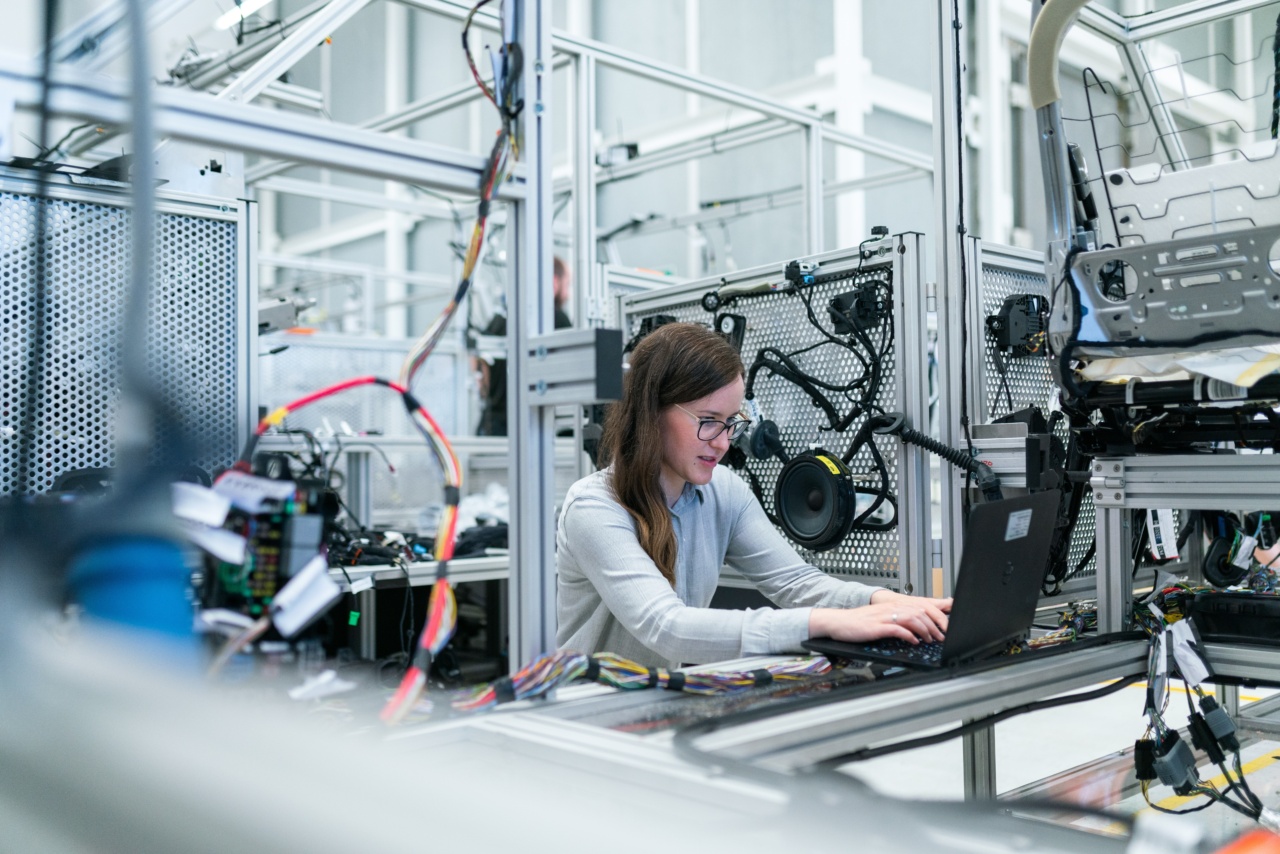A mammogram is a crucial screening tool for detecting breast cancer early. Regular mammograms can significantly increase the chances of early diagnosis, allowing for prompt and effective treatment.
However, the effectiveness of mammography depends on the honesty of women during the screening process. In this article, we will explore the issue of honesty in mammography, identify which women may not be truthful, and discuss alternative tests to consider. Let’s delve deeper into this important topic.
1. The Importance of Honesty in Mammography
Honesty is paramount when it comes to mammography because any misleading or false information can hinder accurate diagnosis, potentially leading to delayed treatment and worse outcomes.
Screening mammograms rely on accurate reporting of symptoms, medical history, and risk factors for breast cancer. It is crucial for women to provide honest and detailed answers during the screening process to ensure the most effective evaluation of their breast health.
2. Women Who May Not Be Truthful
While the majority of women are honest during mammography, there are certain situations where some may fail to provide complete and accurate information.
This could be due to various reasons, including fear, embarrassment, lack of awareness, or misunderstanding the importance of certain details. Let’s explore some categories of women who may not be truthful during mammography:.
2.1. Women with a Family History of Breast Cancer
Women with a family history of breast cancer are often considered at a higher risk for developing the disease. However, some individuals may be hesitant to disclose their family history accurately.
This could be because they are not fully aware of the significance of their family history or they fear the implications of being labeled at higher risk. It is important for women to understand that providing honest information about their family’s breast cancer history can help healthcare professionals make informed decisions about their care.
2.2. Women who Experience Breast Changes
Any changes in the breasts, such as lumps, pain, or nipple discharge, should be reported truthfully during mammography. However, some women may downplay or dismiss these symptoms, assuming they are not significant or worrying.
Such women may not disclose these changes during the screening, potentially leading to missed opportunities for further evaluation and diagnostic tests. It is crucial to emphasize the importance of honest reporting regarding any breast changes.
2.3. Women with Previous Biopsies or Breast Conditions
Women who have undergone previous breast biopsies or have a history of benign breast conditions should provide accurate information during mammography.
Some women may feel embarrassed about their past medical procedures or assume that they are irrelevant to their current screening. However, it is essential for healthcare providers to have a complete understanding of a woman’s medical history to ensure the most appropriate interpretation of mammogram results.
2.4. Women with Breast Implants
Women with breast implants need to inform healthcare professionals about their implants during mammography. Implants can sometimes interfere with the accuracy of mammogram results, as they may obscure certain areas of breast tissue.
By disclosing the presence of implants, women can ensure that additional imaging techniques, such as an implant displacement view or ultrasound, can be used to obtain a more comprehensive evaluation of breast health.
3. Alternative Tests to Consider
In cases where honesty may be compromised or when mammography results are inconclusive, alternative tests can be considered to complement or further investigate the findings. The following are some alternative tests to consider:.
3.1. Ultrasound
An ultrasound uses sound waves to create images of the breast tissue, helping to identify abnormalities that may not be visible on a mammogram.
It is often recommended for women with dense breast tissue or those who require additional evaluation following a mammogram.
3.2. Magnetic Resonance Imaging (MRI)
An MRI scan uses magnetic fields and radio waves to create detailed images of the breast. It is particularly useful for women at high risk for breast cancer or those with inconclusive mammogram results.
MRI can provide additional information about the breast tissue and aid in accurate diagnosis.
3.3. Genetic Testing
Genetic testing can help determine if a woman has a gene mutation, such as BRCA1 or BRCA2, which increases the risk of developing breast cancer.
This test is recommended for women with a strong family history of breast or ovarian cancer or those who have specific risk factors indicating the need for further evaluation.
3.4. Clinical Breast Exam
A clinical breast exam involves a healthcare provider thoroughly examining the breasts and surrounding areas for any signs of abnormalities. This physical examination can complement mammography and provide a comprehensive evaluation of breast health.
Conclusion
Honesty plays a critical role in mammography, allowing for accurate assessment of breast health and timely detection of breast cancer.
It is essential for women to provide truthful and detailed information during the screening process, including family history, breast changes, previous biopsies or conditions, and the presence of breast implants. In instances where honesty may be compromised or mammogram results are inconclusive, alternative tests such as ultrasound, MRI, genetic testing, and clinical breast exams can provide further evaluation and aid in accurate diagnosis.
By prioritizing honesty and exploring alternative tests when necessary, we can enhance the effectiveness of mammography and improve outcomes for women at risk of breast cancer.

























